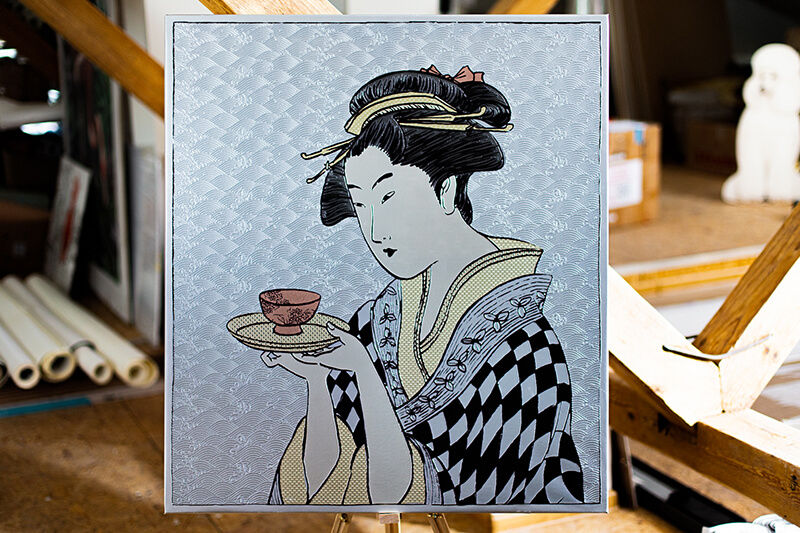Kristen Dettoni founded Design Pool Patterns, the only pattern library created exclusively for the interior designer community, in 2019 in East Hampstead, New Hampshire. Design Pool partners with digital print providers to connect the interior design community with digital printing and on-demand manufacturing, serving as a highly valued resource for interior designers, architects, and product designers.
Kristen is passionate about the future of digital print-on-demand and customization in the interior design market and
is a thought leader in the industry, contributing articles and speaking at conferences nationwide. We talked with her
to learn more about interior design trends and the applications she thinks will benefit most from customization and
print-on-demand technologies, her new partnership with Roland DGA, and how print service providers can best
collaborate with designers to profit from opportunities emerging in the interior design market. 
Tell us about Design Pool Patterns today.
Kristen Dettoni: Design Pool has hundreds of patterns in our library, each available in multiple colorways, and ready to use in seamless repeat. But we’re more than just a pattern library. We have established partnerships with digital print providers so we can help interior designers access and use this technology in their various projects.
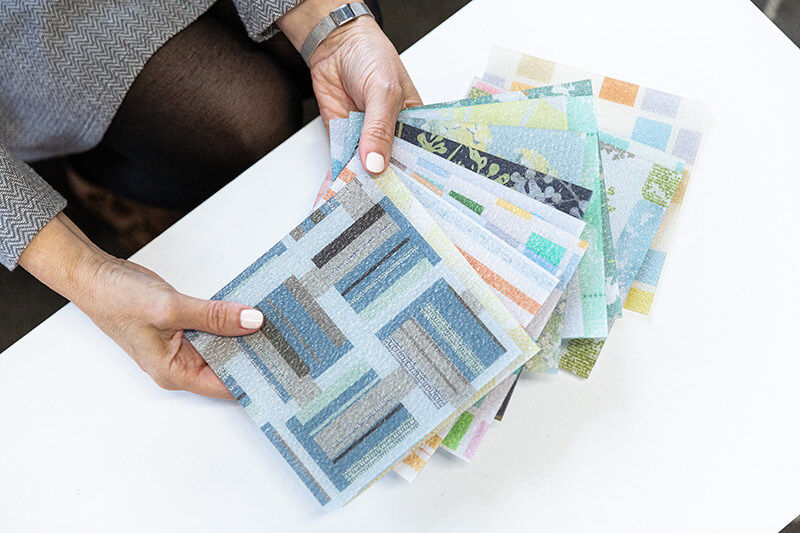
What changes have you seen in the demand for digital printing since you launched?
I have seen a steady increase in the use of digital printing as the quality of the printing and materials has improved. Right now, I see companies long established in the industry, such as Momentum and Lebatex, using digital printing to create products and market customization for their customers. Likewise, companies who traditionally sold to the DIY market, such as Spoonflower, are moving into the commercial space.
I think the more designers begin to understand the opportunities available to them with this technology, the more it will continue to grow. Digital printing offers designers a whole new frontier of exciting creative possibilities.

What applications are you currently offering designs for?
Our designs are suitable for a wide range of uses but were designed with commercial interiors in mind. Many of our designs are used on upholstery, flooring, and wallcoverings, however, they can be used on any product or material that’s printable.
What markets do you see these kinds of designs being applied to?
While these designs are suitable in any type of interior space, I see the biggest growth opportunity in commercial markets. The DIY space is well occupied, as are the residential markets, but commercial spaces are untapped. This is partly because it’s only recently that the materials available have passed all the performance requirements needed for commercial spaces.
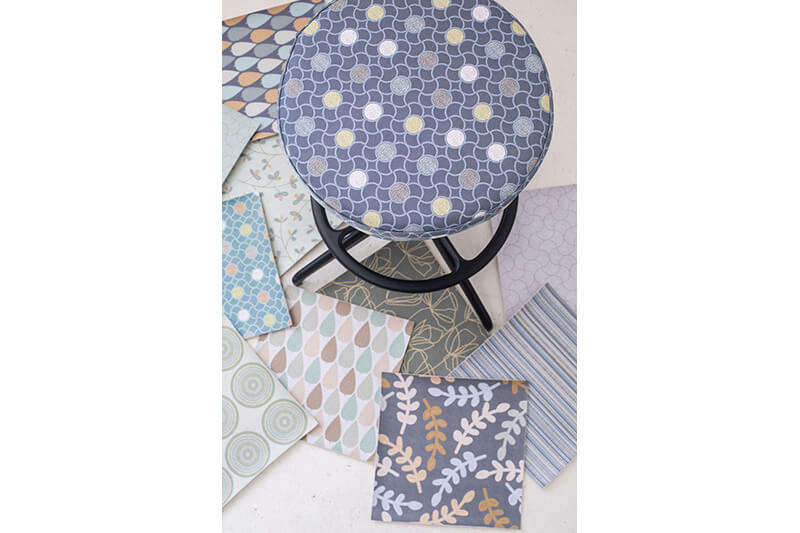
What do you see for the future of print-on-demand production?
I see on-demand production being very important in the future, particularly because of its environmental benefits. The inventory-based model of production we’ve been utilizing for decades creates an enormous amount of waste. Often, rolls of fabric sit on shelves ready for possible purchase. What doesn’t get sold ends up being unloaded for pennies on the dollar or tossed into a landfill. With on-demand production, people can print what they want, when they want it, with far less waste at every stage of production.
From the creative side, I think that as interior designers learn about digital printing, they will get excited about the possibilities to customize projects, design their own upholstery patterns, and make unique one-off statement pieces. The sky is the limit! Having print-on-demand capability makes this a really exciting time to be in this industry.
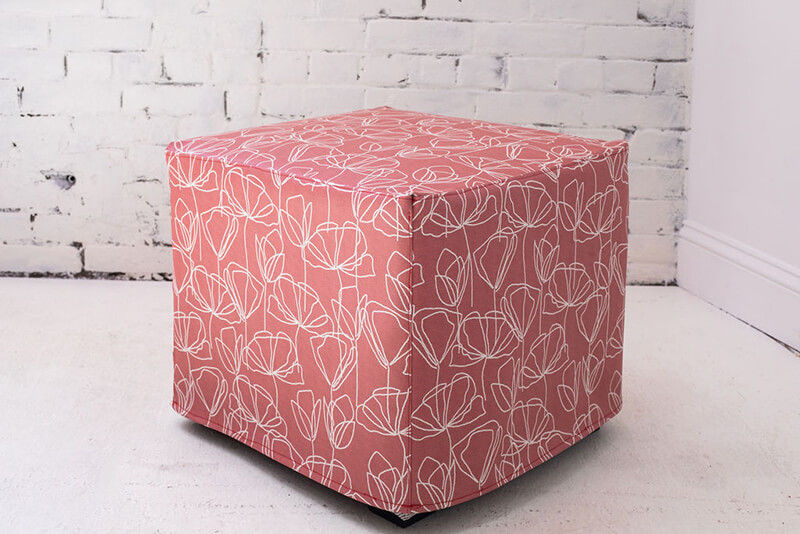
How would you suggest print service providers approach the interior design market?
The best advice I could offer print service providers would be to hire salespeople and train them to call on designers. Also, exhibit at industry trade shows such NeoCon or HD Expo. Interior designers need to be educated about how easy it is to work with a PSP and how this technology can support their creativity.
PSPs should also start thinking of themselves not just as print providers, but as design services providers. Working with designers might involve more customer development than they’re used to, but the reward will be worth the effort.
What types of equipment do PSPs need to have to access the interior design market?
Many PSPs already have the print technology, but they don’t necessarily have the appropriate materials for this market. I believe that’s why so many printers enter the market with wallpaper, because it’s easy to print and similar to what they’re used to.
For this market, there is also demand for printing on all kinds of different materials such as wood, plastic, glass, acoustic felt, upholstery, flooring, and more. I think offering high-quality materials is critical when approaching interior designers.
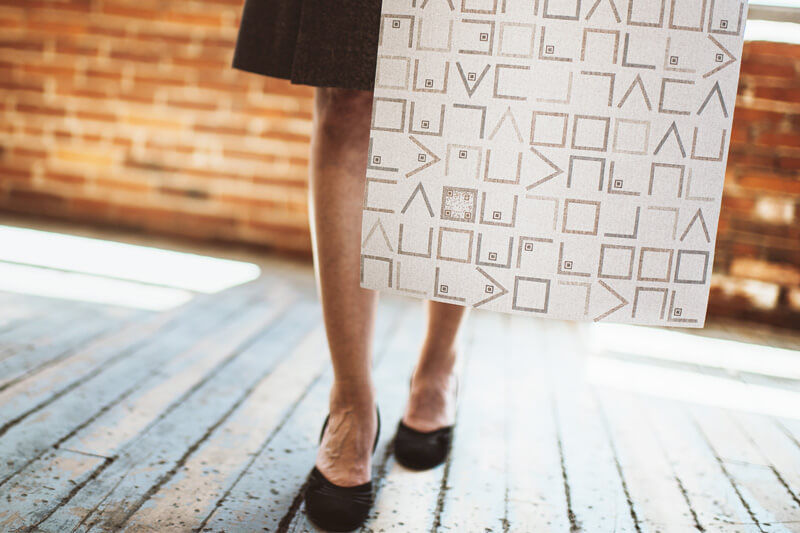
What about interior designers – are they becoming more aware of the opportunity that digitally produced designs can present?
Interior designers are just beginning to learn the potential this technology offers. A lot of designers I talk to don’t necessarily know how the products and materials they use are made. They’re actually using a lot of digitally printed products already – they just don’t realize it. Yet, when they learn that a product was digitally printed and could just as easily have been printed with their own original pattern, or matched to their exact color palette, they get excited.
This is why we spend so much time at Design Pool working to educate designers. We know they’ll be thrilled about the creative possibilities digital print offers once they understand how to access it.
How are you going about bringing these two markets together?
We spend a lot of our resources at Design Pool trying to educate both markets on the technology out there and its uses. In the past I’ve spoken at many print industry events to reach printers and I exhibit at shows like NeoCon, BDNY, and the HCD Expo to reach interior designers. This year I plan to add a continuing education unit (CEU) to the mix and partner with companies to host events.
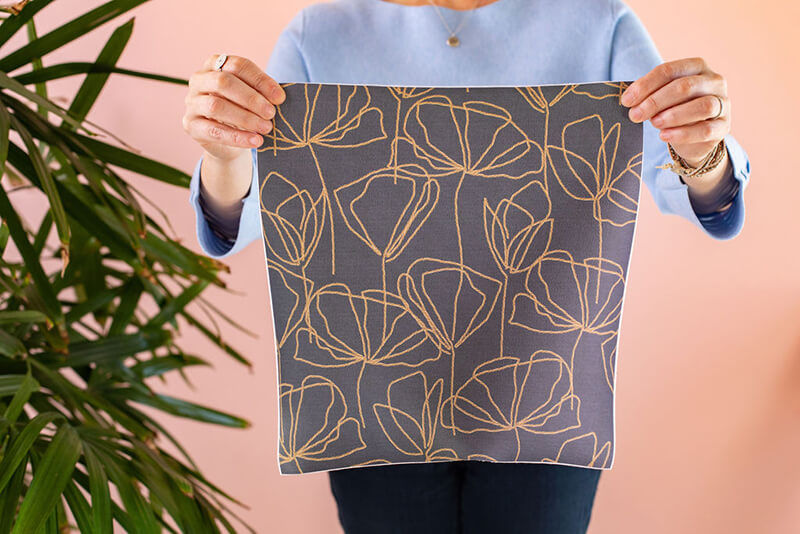
What do you see for the future of the wallcoverings market?
Wallcovering has been trending lately and I think it’s going to continue to be popular. Advances in wallcovering application and removal have made it so much easier to work with and therefore more appealing. There is a whole new generation of people who haven’t lived with wallpaper and who are using it now to express their creativity. Products such as peel-and-stick wallpaper and dry erase make it fun and accessible. I think this space will only continue to grow.How do you see technology like DG DIMENSE contributing to that future?
DG DIMENSE is such a unique technology. As a designer, I think it’s always exciting to experiment with novel technologies and see how we can push the limits of design. With its textural and embossing capability, DG DIMENSE can add brand new elements to interior décor.
Why did you decide to partner with Roland DGA? What types of collaborations do you anticipate as you work together?
When I was first introduced to the team at Roland DGA, they impressed me as true visionaries. I admired their commitment to sharing digital printing technology with the interior design market. Even more compelling was seeing their innovative digital printers in action. The minute I saw what Roland DG printers could do, I wanted to play with them and design patterns to show off their capabilities.
I am very excited about partnering with Roland DGA and see many possibilities for educating and inspiring the interior design market and PSPs. I’d like to do more design development to showcase digital printing technology. Creative collaborations can really help connect the dots for both printers and designers. I would also be interested in educational collaborations such as co-hosting events, working trade shows together, or co-sponsoring CEUs.
I’m excited to work with Roland DGA and can’t wait for more designers to see how inspirational the opportunities made possible by digital printing can be.

